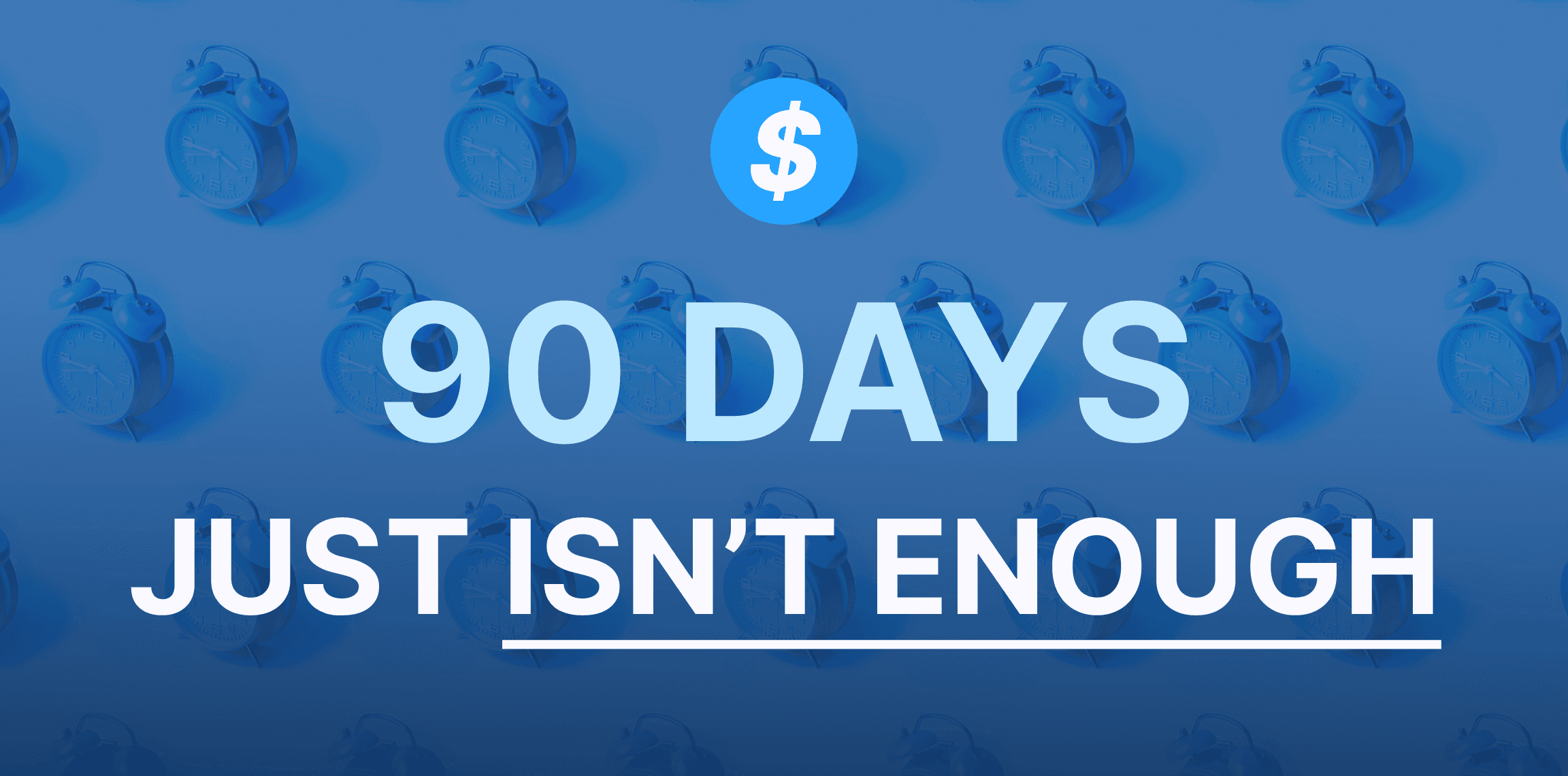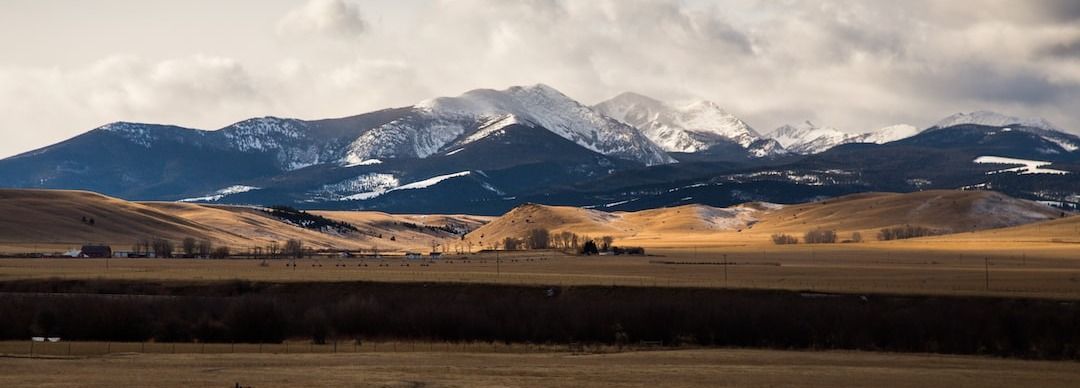Think you can complete your BEAD application in 90 days? Think again.
January 18, 2024
If you're waiting for your state's application, you'll be too late.
As the National Telecommunications and Information Administration is busy working on a Notice of Funding Opportunity for it’s $42.5 billion from the Infrastructure Investment and Jobs Act's's Broadband, Equity, Access and Deployment (BEAD) program, educators are arguing that the funding should prioritize serving school districts in unserved and underserved areas who are hit hard by lack of access to the internet. (The IIJA prioritizes community anchor institutions without gigabit connections, and those in high poverty areas.)
When the COVID-19 pandemic hit, students in the public education system were undoubtedly one of the groups hit hardest by converting to online learning systems. Even the most affluent students struggled to follow teachers’ lessons virtually, leaving many behind in the education system.
While we saw the pandemic negatively affect well-off students at high numbers, COVID-19 disproportionately affected low-income students who lived in poorer areas.
Students who did not have access to the internet during this time didn’t just experience barriers in accessing education, some could not access lessons at all.
Various studies have linked quality internet connections to student performance.
It was during this time that the digital divide became painstakingly apparent. The media published pictures of students writing essays on their phones or doing homework in Starbucks parking lots.
Without the pandemic highlighting this discrepancy, the Biden administration might not have considered investing as much money into broadband deployment as it has. Now it is doing it, educators are using the opportunity to call on the administration to prioritize students in unserved and underserved areas.
Now, as the NTIA begins to grant IIJA BEAD grant funding to organizations, counties, and localities across the nation, more and more educators are voicing their opinions that school districts in unserved areas should be prioritized in gaining access to funding. As school is back in-person, educators are forced to play a tough game of catch up as some students might be nearly two grade levels behind where they would have been without the pandemic.
This reality is going to require technological tools and internet access that some school districts just don’t have access to.
Educators across the country are coming out of the woodwork to advocate for this prioritized broadband deployment.
The Schools, Health and Libraries Broadband Coalition recently reported that Phoenix Union High School District from Arizona recently inspired broadband deployment throughout the whole city.
They write, “Phoenix Union and its partners mapped out every publicly owned asset and developed a plan to strategically place, throughout the city, Wi-Fi stations that would tap into the districts and its partners’ own computer networks. The group spent months executing complex intergovernmental agreements among all of the various entities, procurement teams, legal teams, and tech teams. In addition, recognizing that public-private partnership would be critical for long-term success, the group engaged the local business community.”
It's community action like this that is going to lead to the deployment of broadband in an effective and efficient way.
The NTIA should be listening.
Photo: “Teacher,” by Ben 110

January 18, 2024
If you're waiting for your state's application, you'll be too late.

January 09, 2024
The big sky state joins a small list of eligible entities that have kicked off their broadband challenge process.